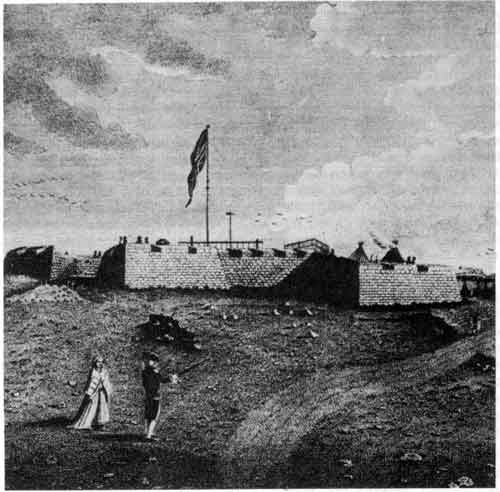First song, singing in the rain.
Thursday is the normal sampling day, so I did my seven lake samples and filtering yesterday. This morning, I went out to get seven additional samples during the rain event. Yep, it's raining again. It rained all day in buckets and breaks. Today was supposed to be the day that I started the second experiment, gathering the sediment and lake water to add the nutrient spike to on Monday. However, because it was raining, and raining so hard, the sediment was extremely disturbed and the water chemistry would have been completely different from the normal days. Which is why I've been sampling the lakes during rain events. So though I couldn't start my experiment today, and plan on starting it on Sunday, I did the during rain water sampling.
 |
| I tried to take a picture of the mosquitos, but I failed. You can barely see them, though I know they were there! |
I'm sampling in the rain,
just sampling in the rain.
What an irritating feeling,
And I'm bitten again...
But that was the morning. I went again right before dinner with LeeAnn. This time there was at least a breeze to keep the mosquitos away. Then I got rained on while sampling the last lake. My good karma didn't last quite long enough to keep us dry.
A moment to break out the nerd in me. There was surface flow! There was surface flow into Puddle and into Strange from the inflow areas that we've been sampling. This was the first time that I've had surface flow since my initial walk around when there was still snowmelt during my first week here!
Song number two: Un Canadien Errant.
I had 156 centrifuge tubes to label for my experiment, 156 scintillation vials, and notebooks, containers, lids and various other assorted items that had to be labeled. I got most of it done while watching Eat, Pray, Love and listening to some podcasts yesterday. Today, I labeled the 156 centrifuge tubes while watching One Week with everyone. Un Canadien Errant was one of the songs in the movie. It was a really good movie and makes me want to travel Canada coast to coast.
Maybe I have travelled to a foreign country by coming up to Churchill. And though I do miss my home, family, and friends, the sad words of the song do not fit my mood today.
I barely knew anyone up here before I arrived, only having met LeeAnn and passed by a few of the other researchers last year and at the CNSC Winnipeg conference. Now, I eat and laugh with, watch movies with and work in the field with, make dioramas and t-shirts with new friends.
I have dove headfirst into the salty, icy waters of Hudson Bay, having never swam in salt water before. I have seen snow and ice in June. I have seen polar bears and caribous, fox and hares, dunlin and godwit chicks. I have seen the season change from winter to summer, from barren brown to a purple carpet, to a white carpet, to a green carpet with touches of pink, white and purple scattered in the green peat.














